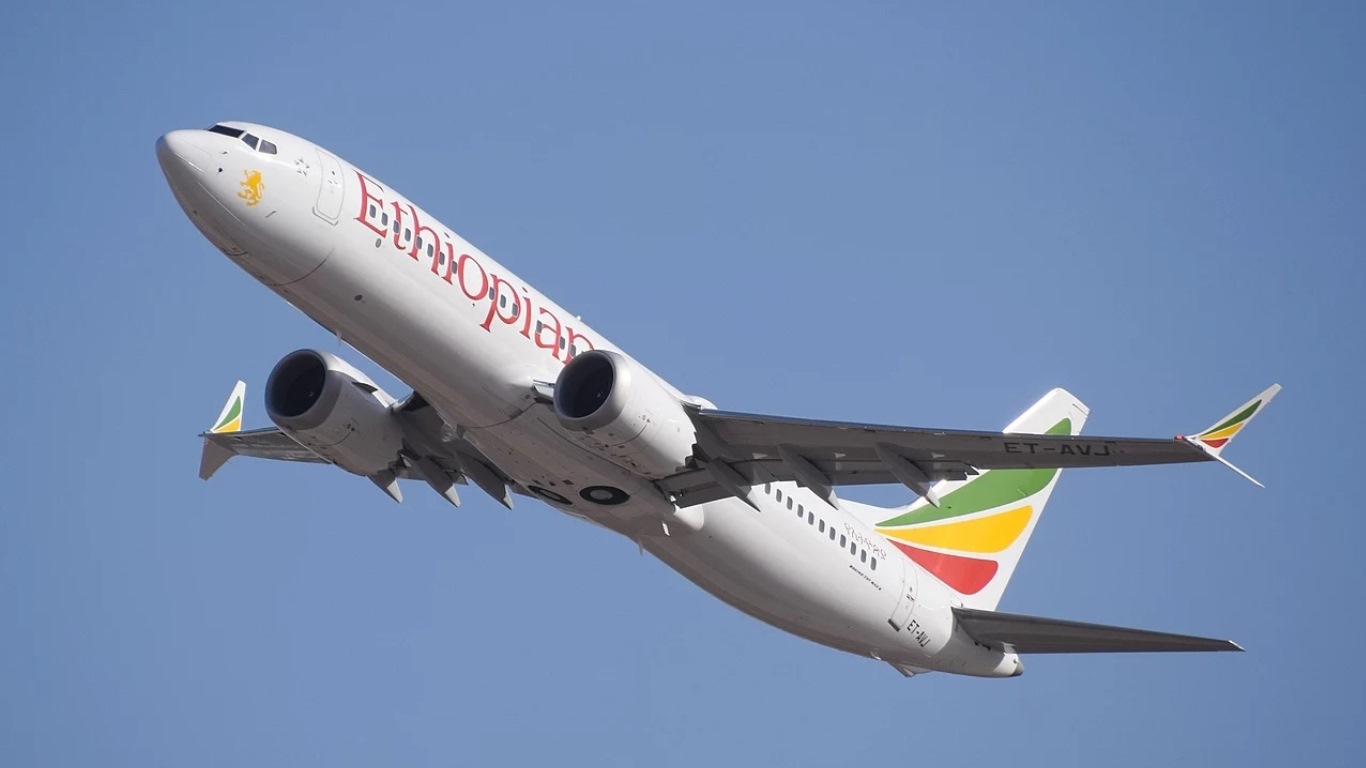Military
Why Did Boeing Deliver 737 MAX Aircraft Missing a Key Feature?

Published:
Last Updated:

In a statement issued Sunday, Boeing Co. (NYSE: BA) revealed that its 737 MAX aircraft were being delivered to customers without an alert system design requirement that would notify pilots of a disagreement with the aircraft’s angle of attack (AOA) indicator. The indicator was available as an add-on option that did work on planes for which the operator had purchased the option. The company did not discover the issue until “several months” had passed.
In other words, what Boeing believed was a standard safety feature on all its 737 MAX aircraft was actually an extra-cost option purchased by only a few customers.
The company said in its statement that neither the AOA indicator nor the AOA disagreement alert “are necessary for the safe operation of the airplane.” The primary safety features that warn pilots of an impending stall when the angle of attack is elevated are the stick shaker (a mechanical device that causes the control yoke of the plane to vibrate noisily) and the pitch limit indicator. The AOA features “provide supplemental information only, and have never been considered safety features on commercial jet transport airplanes.”
Boeing also said that it discovered the software issue in 2017 “informed the FAA [Federal Aviation Administration]” that the company’s engineers “had determined per Boeing’s standard process that the issue did not adversely impact airplane safety or operation.”
A company safety review board met following the crash of a Lion Air 737 MAX in October 2018 to consider again whether the lack of the AOA system “presented a safety issue.” That board confirmed Boeing’s earlier conclusion that the lack of an AOA disagreement alert did not present a safety issue. Boeing said it shared that information with the FAA.
While Boeing may be on solid technical and regulatory ground on the issue of the AOA indicator and alert, the court of public opinion is clearly skeptical of the company’s claims. That the plane has been grounded for more than a month after a second crash in Ethiopia leading to a combined death toll of 346 people does not allay concerns from airlines or the traveling public about the safety of the 737 MAX family of jets.
In early April, Boeing CEO Dennis Muilenburg said that the company “owned” the responsibility to eliminate the risk of future crashes related to the AOA systems and the Maneuvering Characteristics Augmentation System, known as MCAS. Now, it seems, Boeing wants to begin defending itself and its actions in public as the civil lawsuits pile up. Ownership of the issue is also beginning to be parceled out it seems.
Whether or not that is a good idea, the company doesn’t have much choice. The technical problem with the 737 MAX will be fixed and the planes will be cleared to fly again — it’s only a matter of how long that takes.
But every week that the crash investigations continue (typically 12 to 18 months) raises the specter for Boeing of more news coverage along with more lawsuits and more regulatory and congressional investigations and reviews.
What can Boeing do to ensure that once its planes are back in the air that the airlines can get passengers to fly on them? What can Boeing do to rebuild public confidence in its planes? One option posed by Scott Hamilton of Leeham News and Analysis, is to drop the MAX designation and use the simpler numerical names the planes are also known by: the 737 MAX 8 becomes 737-8 and likewise for the 737 MAX 7 (737-7), 737 MAX 9 (737-9) and 737 MAX 10 (737-10). The advantage here is that eventually the new names will replace the old ones and the cloud that hangs over the MAX aircraft will slowly dissipate.
That will take time and cost Boeing steeper discounts to its customers, at least early on. Boeing does have some time to get it right. The only competition for the 737 aircraft is Airbus’s A320 family until a Chinese competitor, the C919, enters service in 2021 (a soft target date if ever there was one). But dropping an order for the 737 MAX puts a customer at the end of a long backlog line for A320s.
Start by taking a quick retirement quiz from SmartAsset that will match you with up to 3 financial advisors that serve your area and beyond in 5 minutes, or less.
Each advisor has been vetted by SmartAsset and is held to a fiduciary standard to act in your best interests.
Here’s how it works:
1. Answer SmartAsset advisor match quiz
2. Review your pre-screened matches at your leisure. Check out the advisors’ profiles.
3. Speak with advisors at no cost to you. Have an introductory call on the phone or introduction in person and choose whom to work with in the future
Get started right here.
Thank you for reading! Have some feedback for us?
Contact the 24/7 Wall St. editorial team.